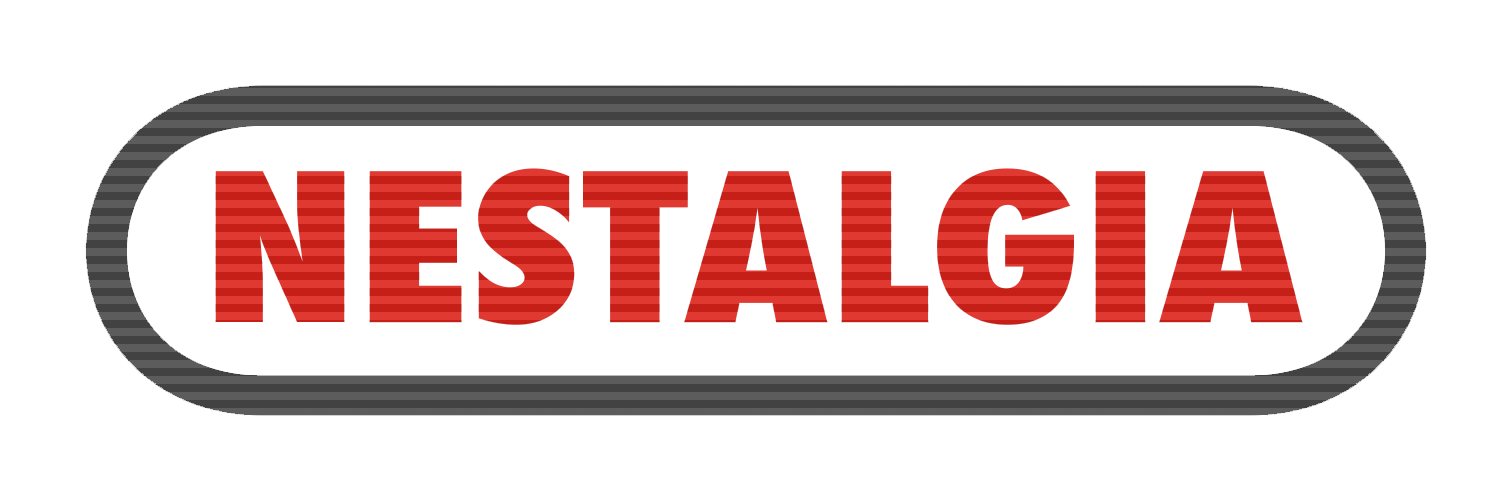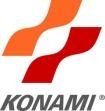Who is the BEST 3rd Party Developer for the NES?
We’ve played over 200 NES games at this point in the podcast. During that time we’ve played games from over 50 different developers and it’s time to ask the question. Outside of Nintendo who is producing the best games for the NES? It’s a tough question, but it’s not impossible to answer when we look at some data. Of course, we’re not trying to say any developer is objectively the best, but based on our chronological exploration through the NES library these are the conclusions we’ve come to.
Most Games and Essential Games: Konami
Coming in at over 20 games released, Konami is closing in on even Nintendo R&D1 for the most games released by a single developer team. Fans of the NES or even retro gaming in general should not be surprised to see Konami enter the discussion first. From Gradius to Castlevania to Contra it’s clear that Konami not only has an exceptional output, but they don’t specialize in one particular genre either. All 3 of the games we mentioned are currently on the ESSENTIAL GAMES LIST and including Life Force would bring the essential total to 4 games. That is tied for the most with Nintendo R&D1. That means for every Super Mario Bros. and Legend of Zelda, Konami has found a way to answer back and make their library just as valuable. Even if you look beyond the “Essential Games” you’ll notice that Konami’s library includes amazing titles like: Double Dribble, Stinger (former essential game), Top Gun, and Jackal. Those are some serious contenders for the top of the library.
However, when you release a lot of games you also wind up with some junk. Konami is no exception and games like: Simon’s Quest, Bayou Billy, and Track and Field II weaken the overall catalog. In the case of Simon’s Quest it even weakens a legendary franchise early on. A mistake that a company like Capcom wouldn’t make with Mega Man 2.
Highest “Scoring” Games: Capcom
Naturally, the other major 3rd developer has to come into the conversation. With 10 games counting as “developed” for the NES and even more published, Capcom’s library is not as large as Konami’s but it is considerably more consistent. Capcom has 3 essential games as of publishing: Mega Man, Mega Man 2, Bionic Commando. They also have 4 games we consider worth playing: Trojan, Gun.Smoke, 1943: Battle of Midway, and Strider. 10 games and 7 are great games even today. That’s quite the output. If you wanted to come up with a formula to score both Konami and Capcom as developers you might give 1 point for every Skip It (s), 2 points for every Play It (p), and 3 points for every Essential Game (e). Divide that by the total number of games (t) so no one is punished for releasing less and we get the following: ((1s)+(2p)+(3e))/t=X.
Capcom comes with ((1x3)+(2x4)+(3x3))/10= 2
Konami comes with ((1x9)+(2x7)+(3x4)/)20= 1.75
Edging out Konami by a quarter of a point means that according to our own rules Capcom may have the higher “scoring” game library
Most Unique Output: Rare
Risk has to count for something right? You can try to copy games like Super Mario Bros. and Legend of Zelda (most attempts on the system so far have failed), but what about the developer who tries to make all different kinds of games? That would be Rare. 14 games and 7 different genres. They made an amazing debut with former Essential Game, Slalom and then followed it with Wizards and Warriors as well as R.C. Pro-Am. The 3 games couldn’t be any more different and yet they all could appease a completely different audience. The Game Show and Education style games, which are now outdated and a chore to play, were at one point the best way to play them. Rare even attempted to make a Tarot Card generator in Taboo: The Sixth Sense. They didn’t fail there either, it’s just not really a game. Rare is absolutely looking at the NES unlike any other developer we’ve encountered so far
Conclusion: We Don’t Really Know?
We could make arguments for other developers too, these are just the most clear cut examples. TOSE is another acting as a hired gun to make ports and games for others without taking any credit. Micronics has relseased 9 games and we’ve only liked 1 of them! Wait, this is going in the opposite direction now. The point is, back then the games weren’t looked at in terms of developers like they are today with Bethesda, EA, and Ubisoft. Sure, Capcom was trying to make gamers recognize Captain Commando so that they would buy games with his “seal” on it, but most developers weren’t thinking that way. Konami was going for quantity, Capcom was going for branding, and Rare was casting a large net to attract all types of gamers. Can you really definitively say who was the best for the system?






